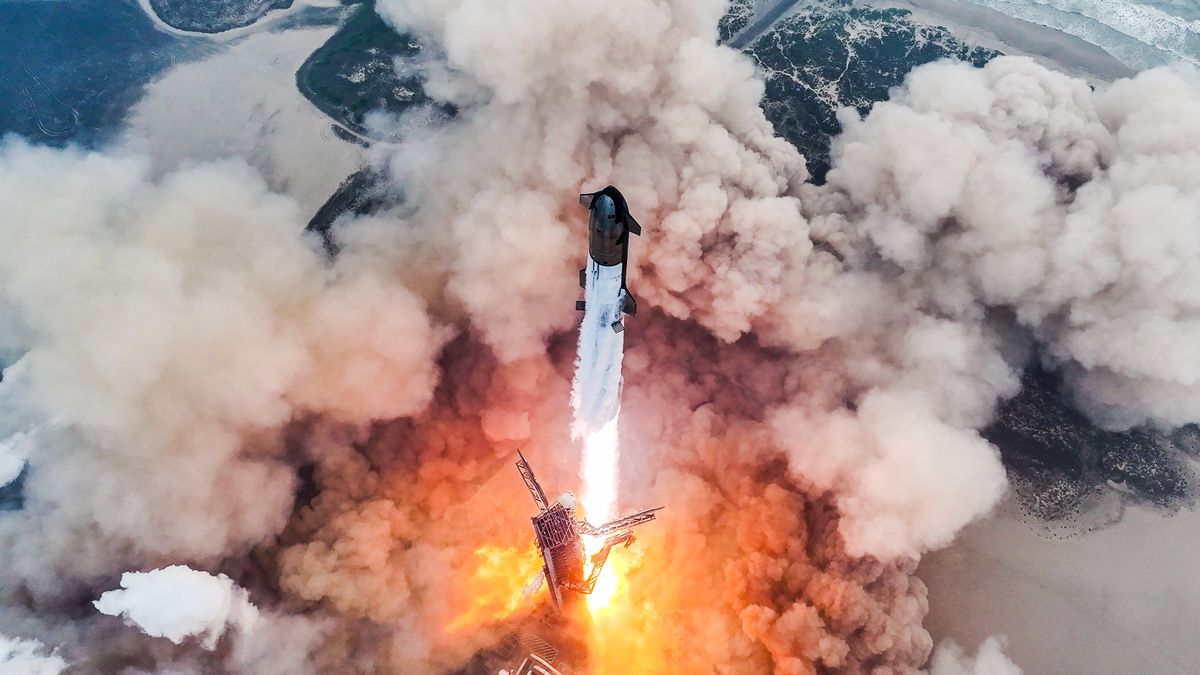Elon Musk, the CEO of SpaceX, has long been an advocate for space exploration and colonization. Recently, he made headlines by revealing a tentative timeline for the company's Starship mission to Mars, projecting that a crewed mission could occur as early as 2026. This ambitious plan aligns with Musk's overarching vision of making humanity a multi-planetary species and addresses existential threats facing Earth. The proposed timeline is not only optimistic but also reflective of the rapid advancements in aerospace technology spearheaded by SpaceX.
The significance of the 2026 timeline cannot be understated. It represents a critical milestone in space exploration history, potentially paving the way for sustainable human presence on Mars. However, achieving this goal requires overcoming numerous technical challenges and regulatory hurdles. For instance, developing life support systems capable of sustaining human life during extended missions poses significant engineering challenges. Furthermore, regulatory approvals from various governmental bodies are essential to ensure safety and compliance with international space treaties.
"These will be uncrewed to test the reliability of landing intact on Mars. If those landings go well, then the first crewed flights to Mars will be in 4 years," SpaceX founder and CEO Elon Musk said via X on Saturday evening (Sept. 7), in a post that announced the bold new target timelines. (Earth and Mars align properly for interplanetary missions once every 26 months.)
"Flight rate will grow exponentially from there, with the goal of building a self-sustaining city in about 20 years," Musk added in the same post. "Being multiplanetary will vastly increase the probable lifespan of consciousness, as we will no longer have all our eggs, literally and metabolically, on one planet."
In April, Musk, who founded SpaceX in 2002, said the first uncrewed starship to land on Mars would be within five years, with the first people landing on Mars within seven years.
In June, a Starship rocket survived a fiery, hypersonic return from space and achieved a breakthrough landing demonstration in the Indian Ocean, completing a full test mission around the globe on the rocket's fourth try.
Starship has had four test flights so far, and is currently preparing for its fifth, although the Federal Aviation Administration (FAA) has not yet cleared SpaceX to launch. The Federal Communications Commission (FCC), however, has approved the flight, but the FAA is truly the one who must give the green light.
Read more
Emergency declared: Southern California's Line wildfire surpasses 20,000 acres Nations League: Portugal 2-1 ScotlandSarah H
Also on site :
- Lowering blood pressure aggressively may reduce dementia risk
- NBA playoffs 2025: Pistons beating Knicks 100-94 in Game 2
- NASA Unveils Striking Asteroid Close-Up shaped like a lumpy bowling pin

